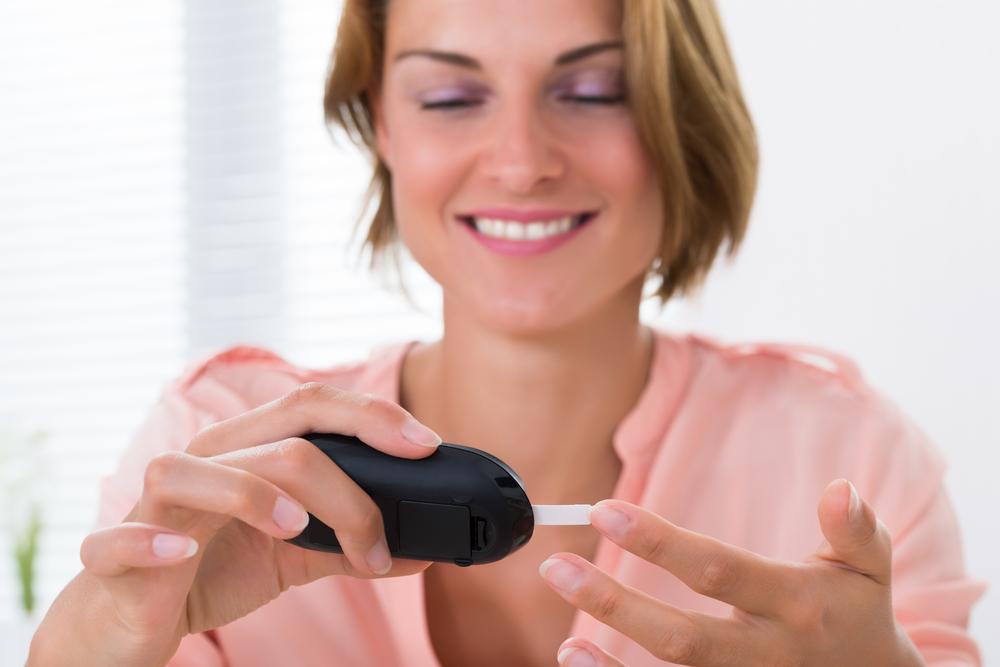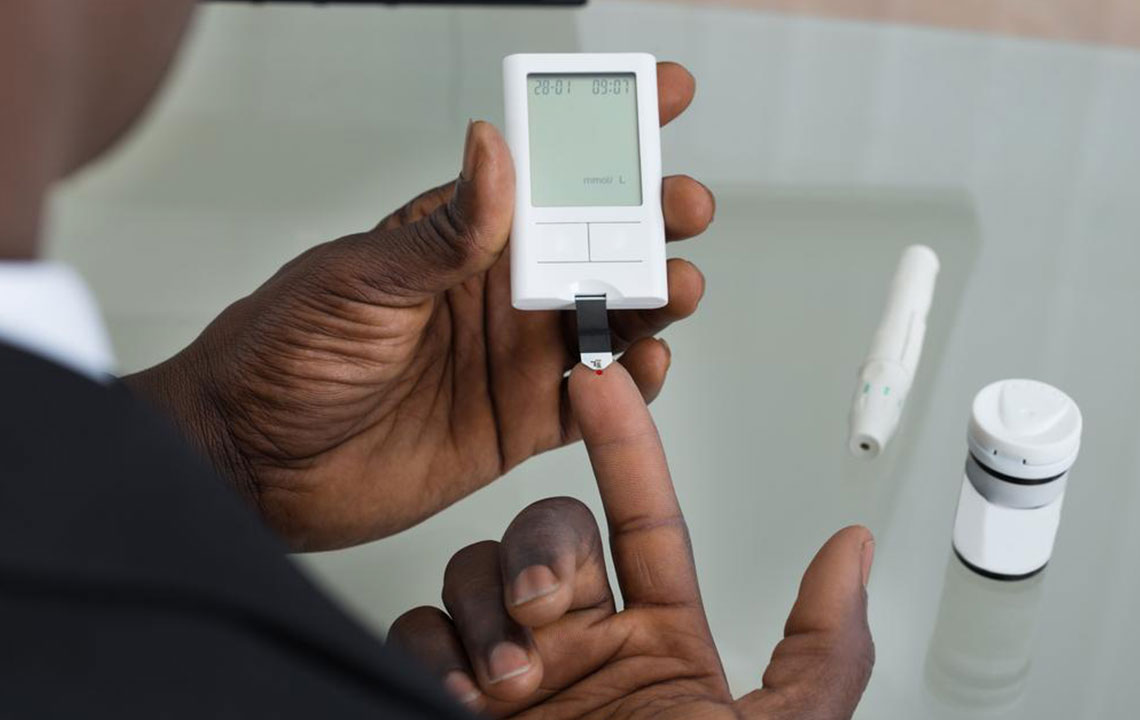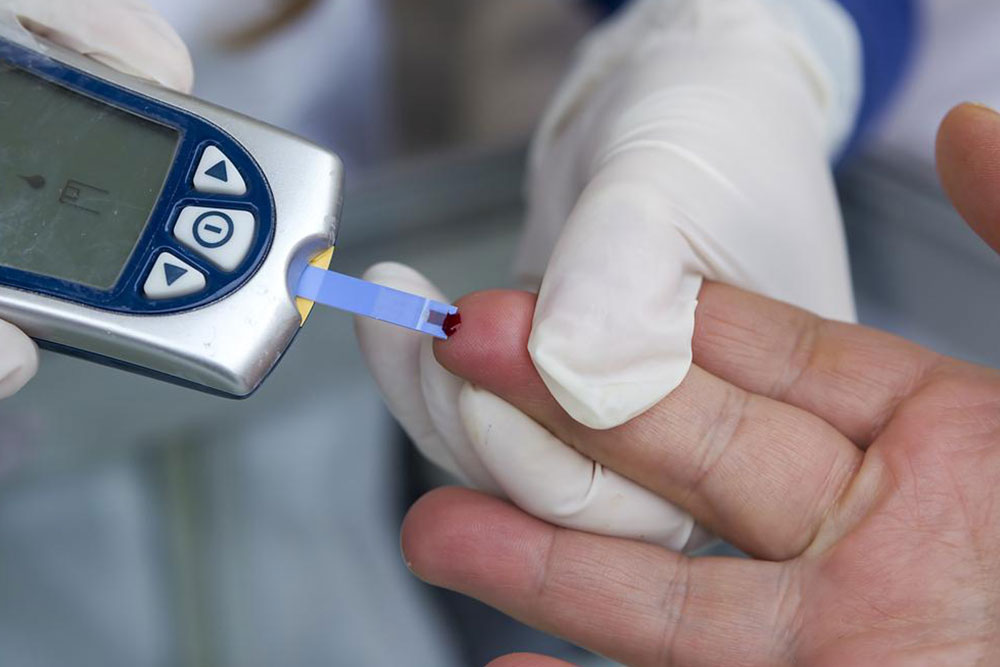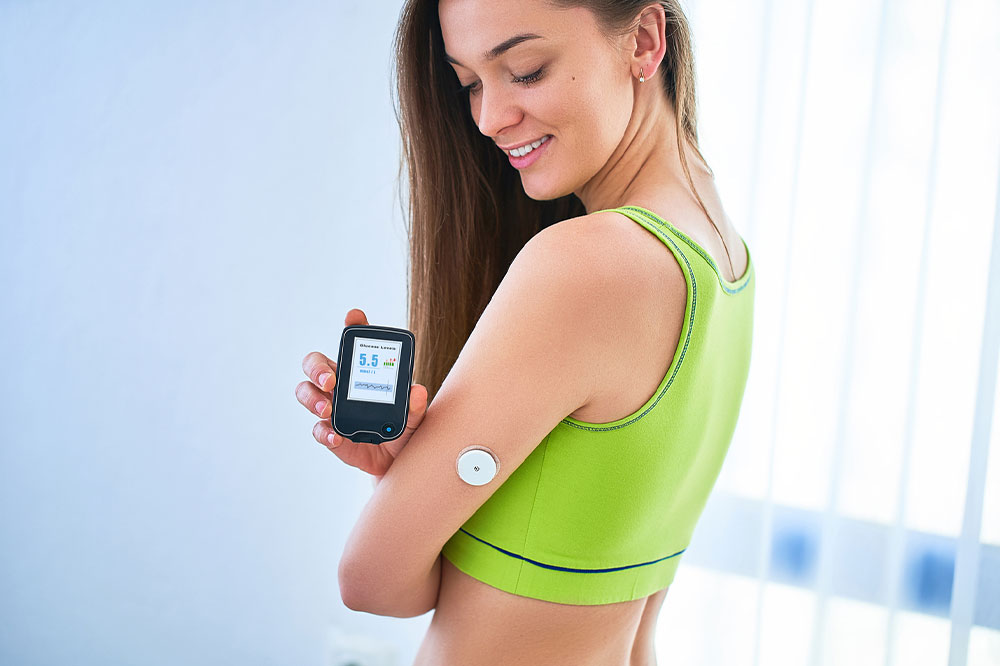Comprehensive Guide to Maintaining Optimal Blood Glucose Levels
Discover comprehensive strategies for monitoring blood glucose levels effectively. Learn about essential tools, routines, hygiene practices, and technological advances that help manage diabetes better. This in-depth guide offers practical tips and latest innovations to maintain stable blood sugar, improve health outcomes, and enhance quality of life through consistent monitoring and lifestyle adjustments.

Comprehensive Guide to Maintaining Optimal Blood Glucose Levels
Managing blood glucose levels effectively is crucial for individuals living with diabetes or those aiming to prevent the onset of the disease. Elevated blood sugar, or hyperglycemia, can lead to severe health complications if left unchecked. While there is currently no definitive cure for diabetes, proper management and regular monitoring of blood glucose can significantly improve quality of life and reduce the risk of complications. This detailed guide explores proven strategies for consistent blood sugar monitoring, effective tools, and lifestyle adjustments aimed at maintaining stable glucose levels.
Keeping blood sugar under control involves a combination of regular testing, correct use of monitoring devices, and lifestyle considerations. Understanding how different factors influence blood glucose levels empowers individuals to make informed decisions about their health. With advancements in technology, managing diabetes has become more convenient and precise, allowing for better control and reduced risks of complications.
Why Monitoring Blood Glucose Is Essential
Blood glucose monitoring provides real-time insights into your body's response to food, activity, medication, stress, and other factors. These insights help determine whether your current management plan is effective or if adjustments are necessary. Frequent testing helps in detecting hypoglycemia (low blood sugar) and hyperglycemia (high blood sugar), preventing potential emergencies. Moreover, consistent monitoring is vital for long-term health, as it helps in detecting patterns that could lead to complications such as diabetic neuropathy, nephropathy, or retinopathy.
Essential Tools for Blood Glucose Monitoring
The cornerstone of managing blood sugar levels involves using precise and reliable glucose meters, test strips, and lancets. Modern glucose meters are designed for ease of use, quick results, and portability, making self-monitoring feasible for daily routines. Advances in technology have introduced continuous glucose monitoring (CGM) systems, which provide real-time data without frequent finger pricks. Choosing the right tools depends on your health condition, lifestyle, and budget, and consulting your healthcare provider can guide you in selecting the most suitable devices.
Best Practices for Monitoring Blood Glucose
Accessibility of Monitoring Devices: Always keep your glucose meter and testing supplies in an easily accessible location. This allows for prompt testing whenever symptoms of abnormal blood sugar occur. Organizing lancets, test strips, and alcohol swabs together enhances convenience and encourages routine testing.
Establishing a Consistent Testing Routine: Developing a disciplined testing schedule helps maintain effective blood glucose control. Typically, testing before and after meals, at bedtime, and during episodes of illness or unusual symptoms is recommended. Establish alarms or reminders on your device or phone to stay consistent, and work with your healthcare professional to personalize your testing plan.
Recording and Analyzing Data: Keeping logs or using digital apps helps track blood glucose readings, meals, physical activity, medication doses, and other relevant factors. Analyzing these records can uncover patterns, identify triggers for fluctuations, and assist healthcare providers in optimizing treatment plans.
Proper Storage and Handling of Test Strips: Store test strips in a cool, dry place away from direct sunlight and moisture. Pay attention to expiry dates and avoid reusing strips to ensure accuracy. Proper storage prolongs strip lifespan and guarantees reliable results.
Maintaining Hygiene to Prevent Infections: Always disinfect your fingertips with alcohol wipes before testing to prevent infections. Dispose of used lancets and strips safely in designated sharps containers, and avoid sharing your glucose meter. These practices are vital for maintaining hygiene and preventing bloodborne infections.
Innovations and Future Trends in Blood Glucose Monitoring
With technological advancements, the future of blood glucose management looks promising. Continuous glucose monitoring systems now offer real-time data with minimal discomfort, reducing the need for frequent finger pricks. Integration with smartphone apps provides detailed insights and trend analysis, helping patients and clinicians make better-informed decisions. Additionally, upcoming wearable devices and artificial intelligence-powered tools are poised to revolutionize diabetes care by offering predictive analytics and personalized insights.
Diet, Lifestyle, and Blood Sugar Control
Monitoring is just one part of managing blood glucose. Complementary lifestyle factors include following a balanced diet rich in fiber, lean proteins, and healthy fats, maintaining regular physical activity, managing stress, and adhering to medication regimens. A holistic approach enhances the effectiveness of monitoring efforts and helps achieve sustained blood sugar stability. Consulting with dietitians and certified diabetes educators can provide personalized guidance tailored to individual needs.
Conclusion: Consistency Is Key
Effective blood glucose management requires discipline, proper tools, and a comprehensive understanding of your body’s responses. Establishing a routine, staying organized, practicing hygiene, and leveraging technological innovations can simplify daily monitoring while maximizing accuracy. Remember, close collaboration with your healthcare provider is essential for optimizing your management plan. With persistent effort and the right strategies, maintaining healthy blood sugar levels is achievable, leading to a healthier, more balanced life.
Main industry: health & wellness
Secondary industry: fitness & lifestyle





